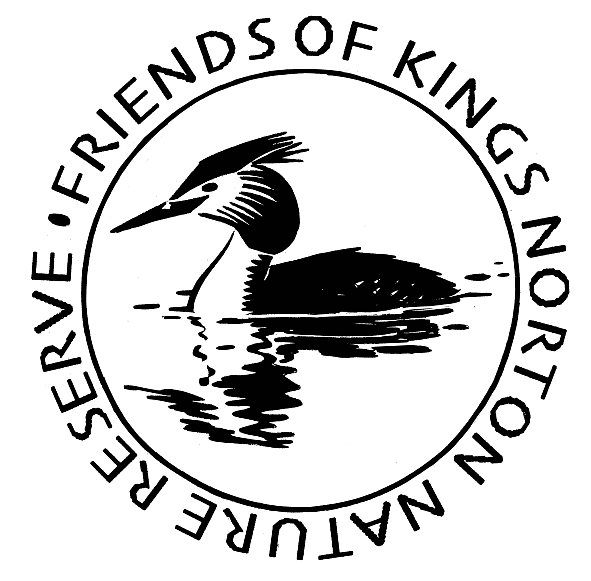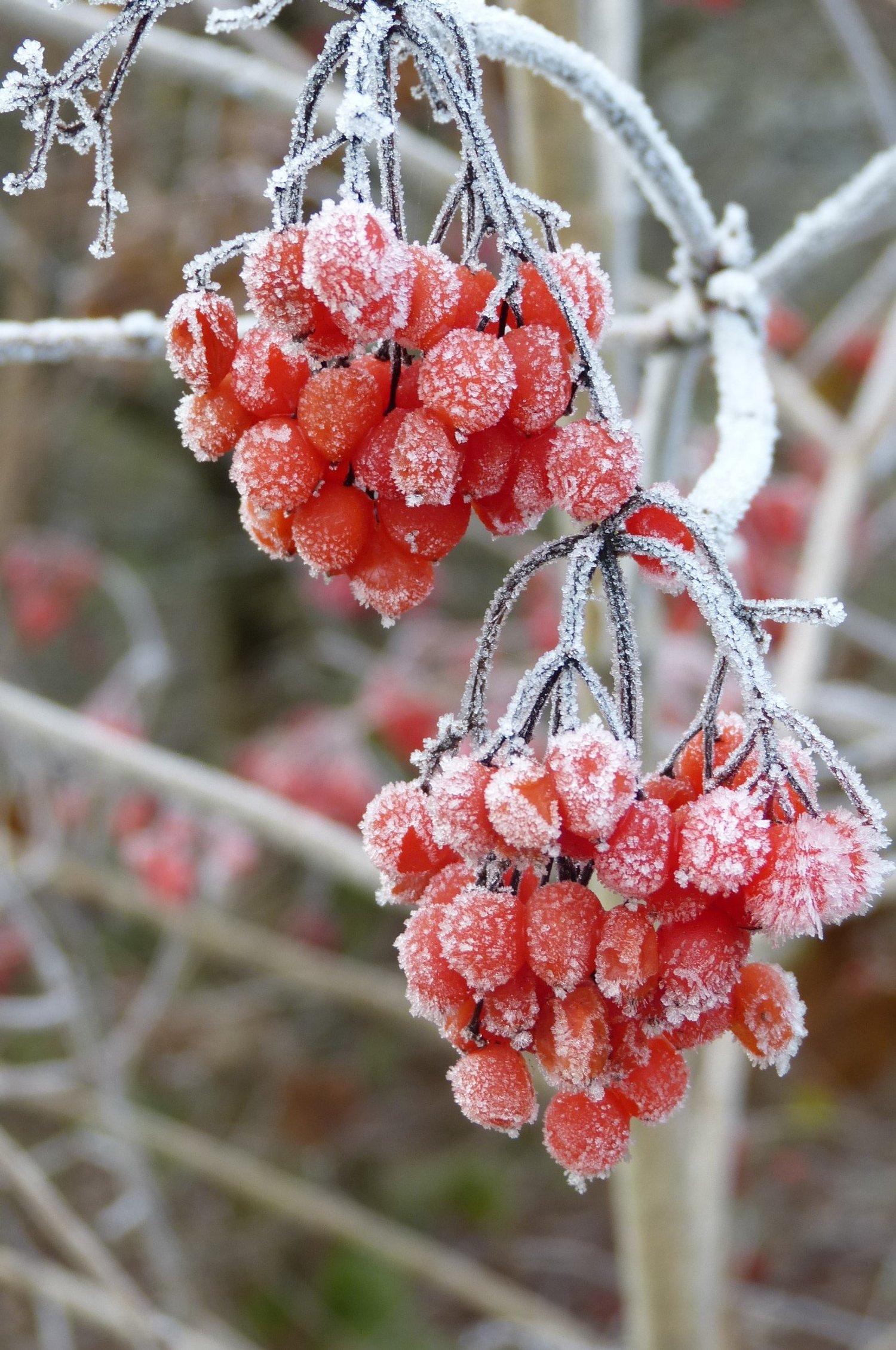
Wildlife
Kings Norton Nature Reserve is blessed with a variety of woodland, waterside and open water habitats and home to a wide range of birds, small mammals and insects. Voles, frogs and toads abound, together with many varieties of butterfly and moth. There have been sightings of muntjac deer, badgers and foxes around the Reserve, while our dawn chorus and bat walks reveal a wide range of aerial activity.
Wildlife photographs from the Reserve are regularly posted on our Facebook page. Please send details of any special or unexpected wildlife sightings on the Reserve to us at enquiries@fknnr.org.uk, saying who made the observation, the time, date and location.
‘Common Blue’ by Keith Reilly
The range of habitats across the Reserve attracts many woodland and wetland birds. Up to seventy species can be seen and/or heard in any given year, including several on the Birds of Conservation Concern - Red and Amber lists, such as Swift, Greenfinch and Mistle Thrush. Many others, both common and rare, will pass overhead on migration, some dropping in for a pitstop.
Many woodland birds are resident all year round, and breed on or close to the Reserve. They include Buzzard, Sparrowhawk, Mistle Thrush, Tawny Owl, Great Spotted Woodpecker, Green Woodpecker, Stock Dove, Collared Dove, Bullfinch, Goldcrest, Nuthatch and Treecreeper. Raven and Ring-necked Parakeet are more recent arrivals. Spring and Summer visitors include Blackcap, Chiffchaff, Willow Warbler and Swift.
Jackdaws frequent St Nicolas’ Church on the Green, and also roost, alongside Carrion Crow, in the trees beside Wychall Reservoir. Though common, their roosting displays and sounds are spectacular.
Wetland birds include Grey Wagtail, Little Egret, Grey Heron, Mallard, Tufted Duck, Coot, Moorhen, Herring Gull and Lesser Black-backed Gull. Great Crested Grebe (as on the Friends’ logo) nested at Merecroft Pool in the past, though sadly not in recent years. They can be seen locally at Lifford Reservoir, and do still make occasional visits to Merecroft.
Grey Heron by Keith Reilly
Winter visitors include Redwing, Siskin and Lesser Redpoll (across the Reserve), Water Rail and Teal (at Wychall Reservoir), also Goosander, and big gatherings of Black-headed Gull at Merecroft.
Some less frequent visitors include: Waxwing, Hawfinch, Stonechat, Wood Warbler, Whitethroat, Garden Warbler, Oystercatcher, Snipe, Lesser Spotted Woodpecker, and Peregrine. In 2021 a pair of Dipper could be seen from January until early summer, but unfortunately their chicks did not survive to adulthood.
The colony of swan mussels in Merecroft Pool is one of the reasons for our national designation as a Local Nature Reserve.
dipper by Keith Reilly
We receive regular reports of butterfly, moth and dragonfly activity across the Reserve, and our springtime bat walks have revealed pipistrelle, soprano pipistrelle and Daubenton’s bat activity, especially around Merecroft. Noctule bats have also been detected here.
Plant life too is varied across the Reserve. The Friends are working to reduce the fertility of its meadows to encourage plant diversity. While we battle with invasive Himalayan balsam and Japanese knotweed, mainly along the route of the river, we also have notable stands of mixed meadow grasses, yellow rattle, meadowsweet, great burnet, and flag iris. Cowslips, red campion, scabious, willowherb, hop trefoil and birdsfoot trefoil also flourish. Wild garlic (ramsons) grows in the woods between the river and Wychall Lane. While we encourage native trees (oak, ash, hazel, hawthorn, crack and goat willows and small-leaved lime predominate) the Reserve is also home to a number of introduced Mediterranean pine species, and of course we have plenty of sycamore, originally an introduction but now considered semi-native…
Viburnum opulus - Guelder rose
Freshwater Invertebrate Network (FIN) Survey at Wychall Lane
The first FIN survey at Wychall Lane was carried out on 25 March 2013 by members of FKNNR during a training session led by Ellen Pisolkar of FIN. We found an amazing number of invertebrates; but the results indicate that the river quality was not brilliant; given a BMWP Score of 42 out of 100.
Click here to see the FIN report.
Further Citizen Science survey work is due to take place under the auspices of the Natural Rivers and Green Corridors project run by the Willdlife Trust and the Environment Agency.
Here is a short video made during the training session. The video is not sufficiently detailed to show all the invertebrates in the tray; some of the midge larvae, for example, looked no thicker than a human hair….
more life on the Reserve…
Comma butterfly
Canada Geese on Merecroft Pool
Birdsong
Click on the audio player to hear BBC Radio 3 “Birdsong in April” - recorded by member Mr P. Kirkman. A 'Sounds of the Earth' sequence, 7 minutes, with music….
Bats at Merecroft
Click on the audio player to hear a soundtrack recorded from a bat detector - listen for the famous 'raspberry' sound as the bat 'homes in' on its chosen insect! The bats were recorded at Merecroft one May at 9.30pm; thought to be Pipstrelles, and were echo-locating at about 45kHz.
Cygnets at Merecroft
Grebe on Merecroft Pool
Japanese Knotweed and Himalayan Balsam - invasive species!
Ramsons (Wild Garlic)
'The Reserve in Winter' (video)
Badger, 4am
Muntjac
Fox
winter wonderland…..


















